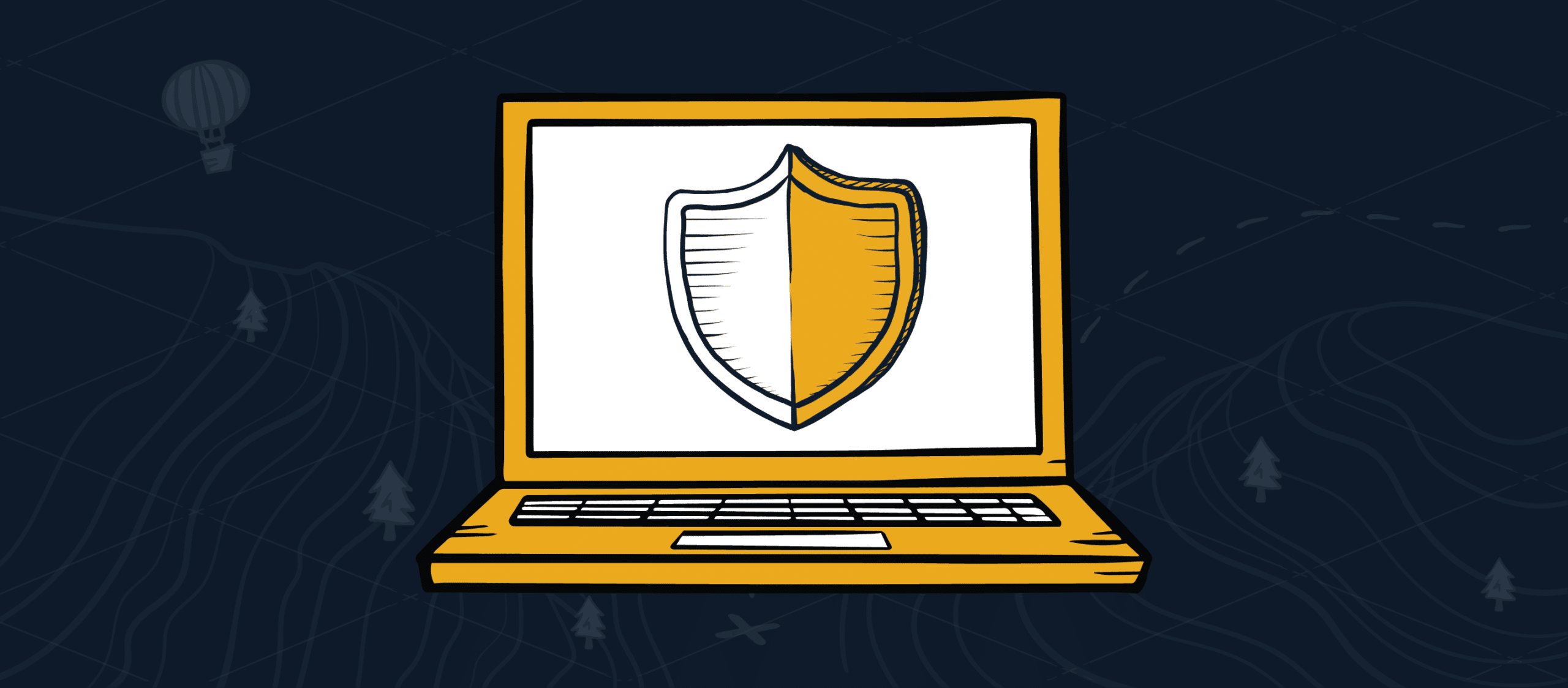
Compliance is a critical element of any MSP’s cybersecurity plan. It’s not something you can put off — if you don’t prioritize compliance, you’ll expose your business to significant risks.
In this article, you will learn:
Every client deals with risk from all parts of their business. For many, addressing these risks can be overwhelming. That’s where cybersecurity compliance comes in.
With increasing worries about the security of a business’s data, many companies seek help complying with cybersecurity frameworks that ensure their business has the best practices to safeguard their sensitive information.
Many industries, like healthcare and finance, also require the implementation of specific compliance standards, further driving the need for compliance.
So, why is compliance a solution?
If a business doesn’t take the steps to achieve compliance standards, the risk of malicious attacks increases. No matter how big or small a business is, if it doesn’t take security seriously, a breach will only be a matter of time.
Risk comes in many forms. Of course, there is the risk of having sensitive information accessed, which directly affects their business and their clients. Other factors, like the company’s reputation and customer relationships, also take a big hit in the event of a breach.
After the initial damage of the breach itself, the company can face financial consequences by losing investors and revenue, business stoppages, and costs to address the recovery. A data breach may also violate contractual agreements and the business could face legal consequences.
Many businesses are also held accountable to compliance standards through government regulations, such as The Health Insurance Portability and Accountability Act (HIPAA), The Payment Card Industry Data Security Standard (PCI DSS), and Cybersecurity Maturity Model Certification (CMMC).
If a business is required to adhere to these types of regulations, such as HIPAA there are additional consequences for violations. From financial penalties to legal action, companies that are not compliant risk receiving financial consequences from the government.
Once you know you need to mitigate risk, you need to start planning how to do so. MSPs need to work with their client to address each specific risk and build a process that can be adapted to all clients.
Let’s explore a few ideas on how MSPs can mitigate risk, both for themselves and for clients.
To start, your MSP needs to identify your client’s current compliance operations and obligations, as well as pinpoint areas where they might be vulnerable to risks.
Once you establish a risk profile, you must understand your client’s goals. Do they operate in an industry with government data security regulations like HIPAA or PCI DSS? Do they need to adhere to another standard like SOC 2 or ISO 27001?
Once you know the problem and the goals, you can meet with the client to plan a strategy for complying with these security standards and implementing better security practices.
Define the client’s business’s roles and responsibilities in adhering to new compliance controls across the organization. Identifying the client’s most significant vulnerabilities and developing tailored solutions and strategies to address each risk in order of priority is crucial. For example, privacy and data security risks should be prioritized over risks that are less likely to impact the business.
Once the biggest problems are identified and addressed, the cleanup of smaller issues can be done much more quickly.
MSPs should test the compliance controls to ensure they are functional and the client can operate effectively. Clients (or sometimes MSPs themselves) will then train employees on the new operating standards to conduct business as usual with the new security measures in place.
When employees understand the security measures introduced into their workflow and why they are important, they can better adhere to the higher standards being developed and understand how these measures benefit their team.
All the security controls in the world won’t help if the business can’t stick to them. That’s why MSPs need to work in tandem with their clients to make sure they can maintain compliance over time.
They need to balance complying with higher security standards and maintaining the ability to do their work efficiently. Luckily, adhering to a cybersecurity framework such as SOC 2 or HIPAA will improve overall business procedures and processes. By being held to a higher standard, businesses can produce better-quality service to their customers or partners. As well as enjoying a better reputation
MSPs need the right tools to get started on their path to compliance and offer compliance as a service (CaaS) to their clients. MSPs are using ControlMap as their platform of choice to get compliance in order and lead their clients along the compliance journey.
Even ScalePad itself used ControlMap to become SOC 2 Type II compliant. MSPs that use ControlMap are able to add Compliance-as-a-Service to their offerings, winning over new businesses that need a partner to guide them through the journey.
Learn more about ControlMap’s features and watch our product demo today!